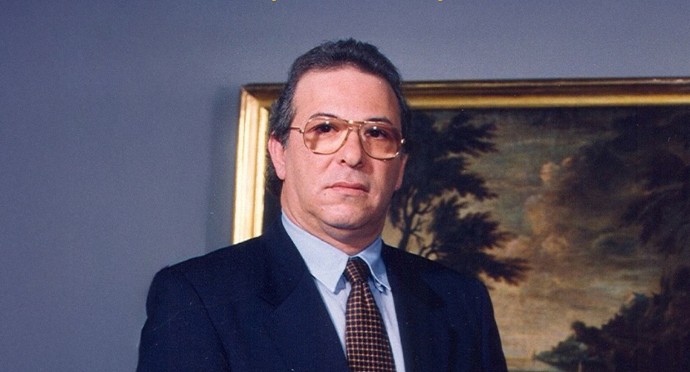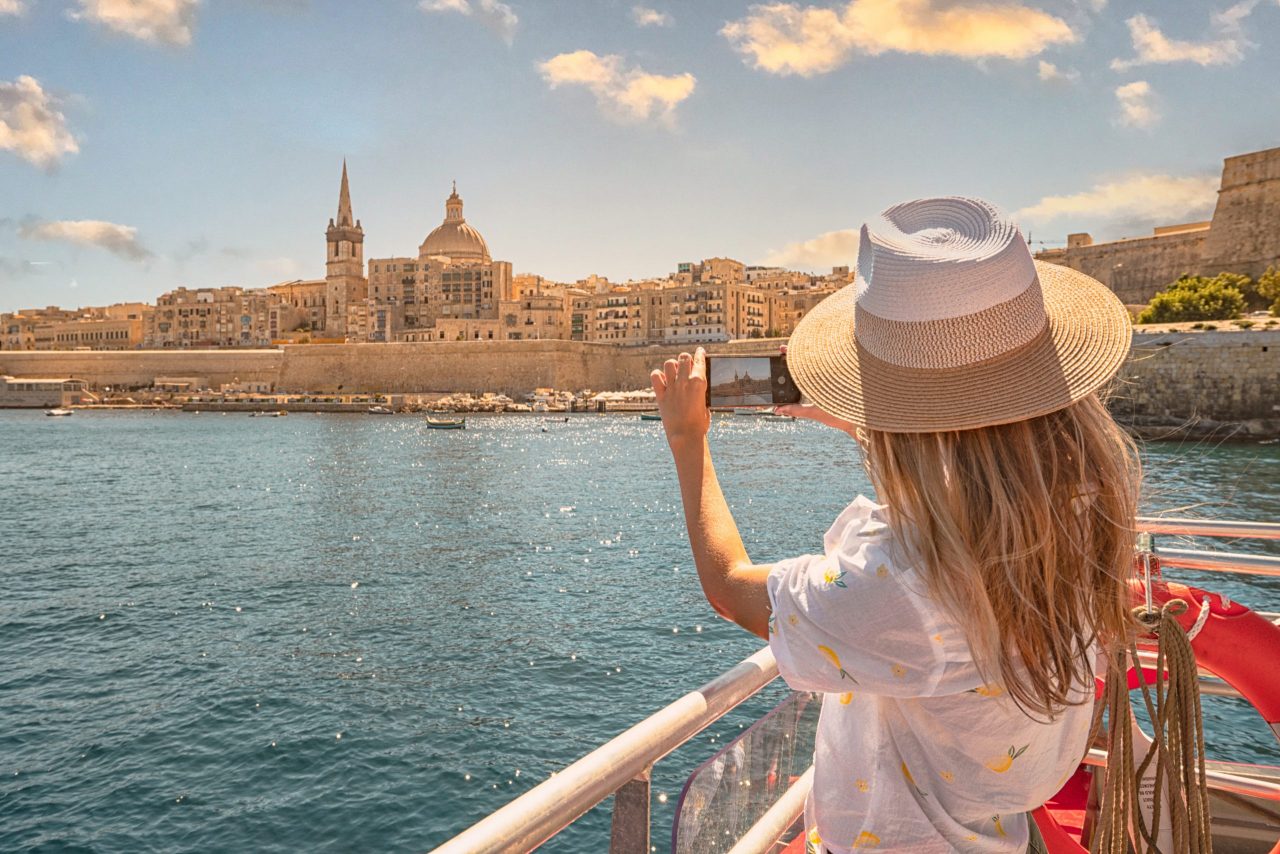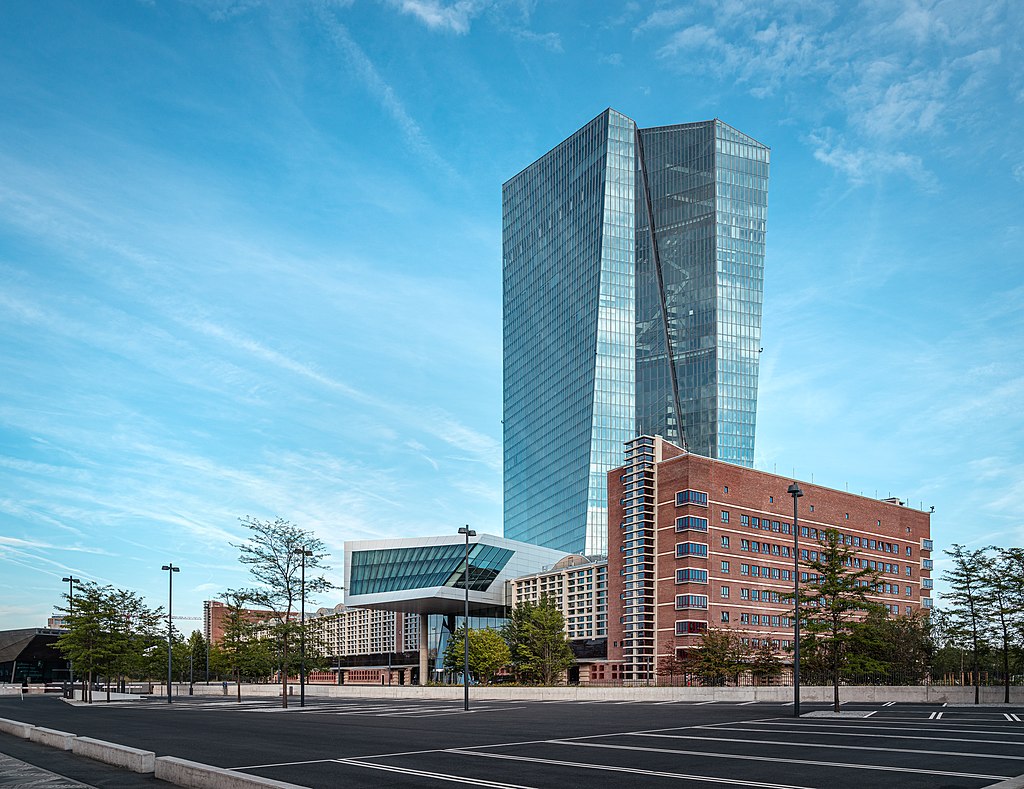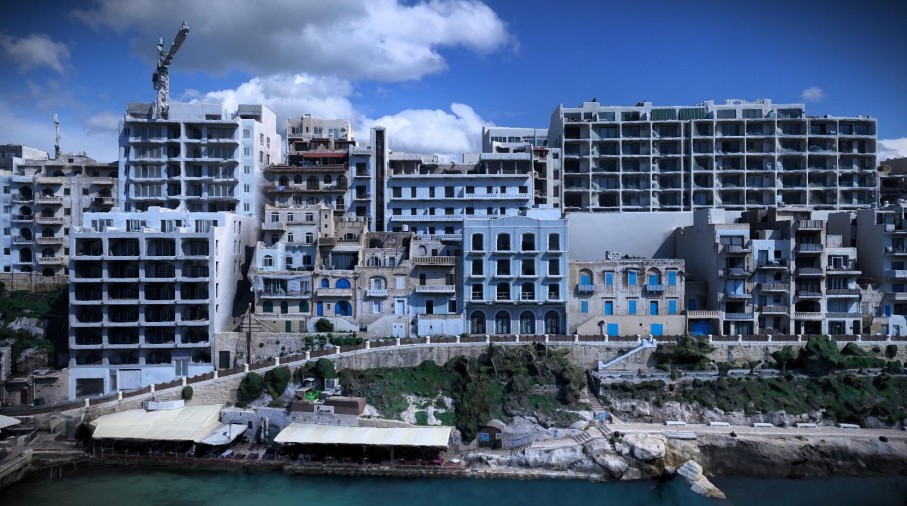Malta’s hospitality industry is enjoying a record-breaking year, with the National Statistics Office (NSO) revealing that the island attracted 1.1 million tourists in Q2 2025 – a 10.4 per cent increase over the same period in 2024.
The average length of stay also increased marginally, rising 1.2 per cent above the 5.9-day average registered in Q2 2024. Meanwhile, tourists’ average daily expenditure climbed to €157.68, reflecting a seven per cent year-on-year increase.
These strong tourism figures were echoed in the Malta Hotels and Restaurants Association (MHRA) BOV Deloitte Q2 2025 hospitality performance survey, presented by David Delicata, Partner at Deloitte Malta.
4-star hotels lead occupancy growth
According to the survey, 4-star hotels saw the most impressive occupancy levels, reaching approximately 92 per cent in Q2 – 2.2 percentage points higher than in 2024. Year-to-date (YTD) occupancy for 4-star hotels in the first half of 2025 also remained strong, standing 2.7 percentage points above H1 2024.
Five-star hotels experienced an occupancy rate of 78.4 per cent during the second quarter, which is 2.5 percentage points above last year’s levels.
The average occupancy for 3-star hotels in Q2 was slightly less promising, reaching 90.6 per cent – a marginal decline compared to 2024.
In terms of pricing, 5-star hotels charged an average daily rate (ADR) of €237.70 in Q2 2025, up 8.8 per cent year-on-year. YTD ADRs for this segment also increased by 8.2 per cent over H1 2024.
For 4-star hotels, the Q2 ADR stood at €113.60, marking a 7.1 per cent increase. The YTD figure for this segment came in at €90.40 – 5.3 per cent above the first half of last year.
Three-star providers saw their average daily rate fall slightly, landing at €80.50 in Q2 2025.
Restaurants ride tourism wave
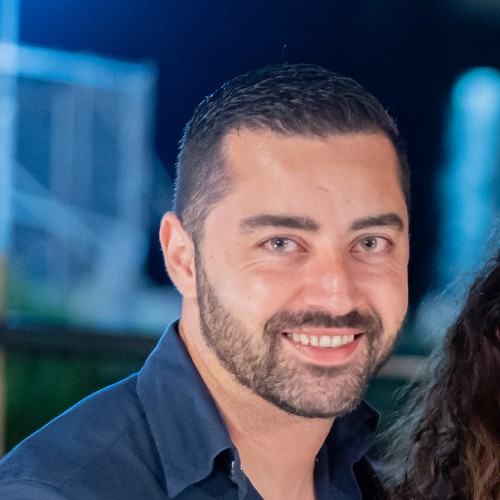
Restaurant bookings across Malta and Gozo are also performing well, according to a presentation by Jonathan Azzopardi Frantz, CEO of Tableo, a Malta-born restaurant reservations platform now active in over 80 countries.
Based on data gathered throughout 2024, Saturday remains the most popular day for bookings, followed closely by Sunday and Friday.
August sees the highest number of reservations, with July and September also strong performers. In contrast, January is typically the quietest month for dining out.
How dining in a restaurant might look soon

Ognjen Zlački, Global Expansion Manager at Master Food and Beverage, offered insights into how technology is reshaping the dining experience, particularly in light of staffing shortages and language barriers.
“We are partnering with different companies to provide systems that help restaurants address key challenges,” he said. “In countries like Croatia, we’ve seen a shortage of skilled workers, and with many foreign employees speaking different languages, communication is difficult. Our solution simplifies the process.”
He explained how a ‘scan and pay’ system can streamline service. “Imagine going to a restaurant: instead of waiting for someone to take your order and return with the bill, you simply scan a QR code. A menu appears in your chosen language, you place your order, pay immediately, and the paid order appears at the bar so staff can prepare and serve it.”
When asked whether this would erode the traditional hospitality experience, he responded, “Some people will say that. And maybe certain places shouldn’t use it. But there are many possibilities to customise the tool. Today’s guests are more demanding, and we have to adapt.”
As tourist numbers grow and expectations evolve, Malta’s hospitality sector appears to be embracing innovation to maintain service quality – without losing sight of what makes dining and travel experiences truly memorable.
MTA unveils €7 million push to grow off-peak tourism through three new support schemes
Attract international visitors during the low and shoulder months, increase overnight stays, and generate stronger economic value
Digital Euro to ‘complement private means of payment’ – ECB
A new ECB blog says names the digital euro as the natural next step in the long evolution of money
Gozo business groups avoid direct comment on Portelli’s approved Xlendi ‘tower’
The development was approved yesterday



